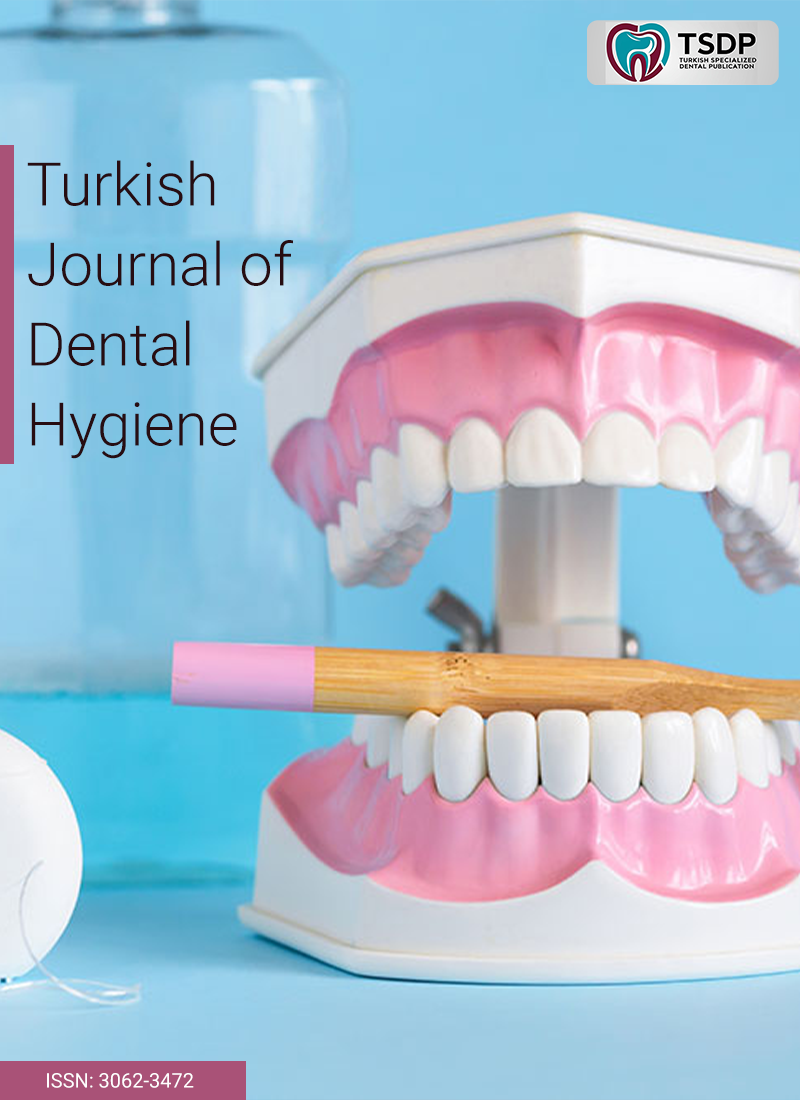
This study aimed to evaluate the effectiveness of 1% myrrh mouthwash compared to 0.2% chlorhexidine mouthwash in inhibiting plaque activity, alleviating gingivitis, and reducing pro-inflammatory cytokines. The clinical trial included 19 participants (10 males, 9 females), with 6 in the myrrh group, 7 in the chlorhexidine group, and 6 in the saline group. Initially, participants refrained from their usual oral hygiene routine for 2 weeks to allow experimental gingivitis to develop. After this period, they were instructed to stop brushing and use 15 ml of the assigned mouthwash twice daily for 1 minute. Clinical parameters, including the modified gingival index (MGI), plaque index (PI), pro-inflammatory interleukin (IL)-1β biomarker, and bleeding on probing (BOP), were recorded at baseline and after the intervention. Data analysis was performed using mixed ANOVA. At baseline, all groups showed similar clinical parameters (P >.05 for all comparisons). Post-intervention, the myrrh group showed significantly lower MGI and BOP scores compared to the saline group (P = .016 and P <.001, respectively). While the chlorhexidine group also showed lower scores in these two parameters, the difference in MGI didn’t reach statistical significance (P = .09). No significant differences were observed between the groups in terms of mean PI and IL-1β levels. In conclusion, 1% myrrh mouthwash proved to be as effective as 0.2% chlorhexidine mouthwash in reducing gingival inflammation and BOP.